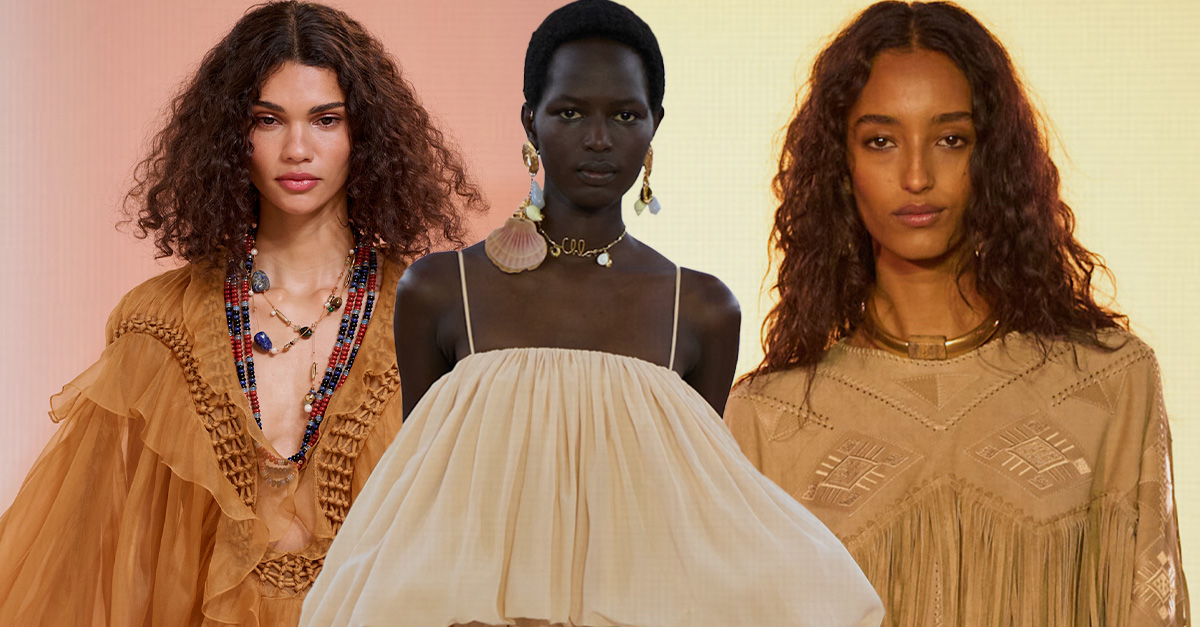
"In fashion, nothing really dies; it's reinvented on the runway at a later date, exemplified by the revival of boho dresses that echo past aesthetics."
"The bohemian aesthetic, rooted in the late '60s and '70s, began as a means to challenge societal norms related to gender, race, and class."
"Though that era set the tone, boho chic reached mainstream popularity in the mid-2000s, energizing the fashion scene with its rebellious yet romantic elements."
"Chemena Kamali's debut collection at Chloé showcases how the bohemian trend remains influential, inspiring other brands to reintroduce various boho-inspired pieces."
The resurgence of boho dresses highlights fashion's cyclical nature, where trends are rediscovered and reinterpreted. Originating from the 1960s and 70s hippie counterculture, bohemian clothing aimed to challenge societal norms rather than create a trend. While the style truly flourished in the mid-2000s with boho-chic influences, it has remained relevant through its ongoing evolution. Recently, designer Chemena Kamali's debut at Chloé reintroduced this style to the fashion world, inspiring brands to create modern interpretations with suede materials, bold jewelry, and gladiator sandals.
Read at Who What Wear UK
Unable to calculate read time
Collection
[
|
...
]